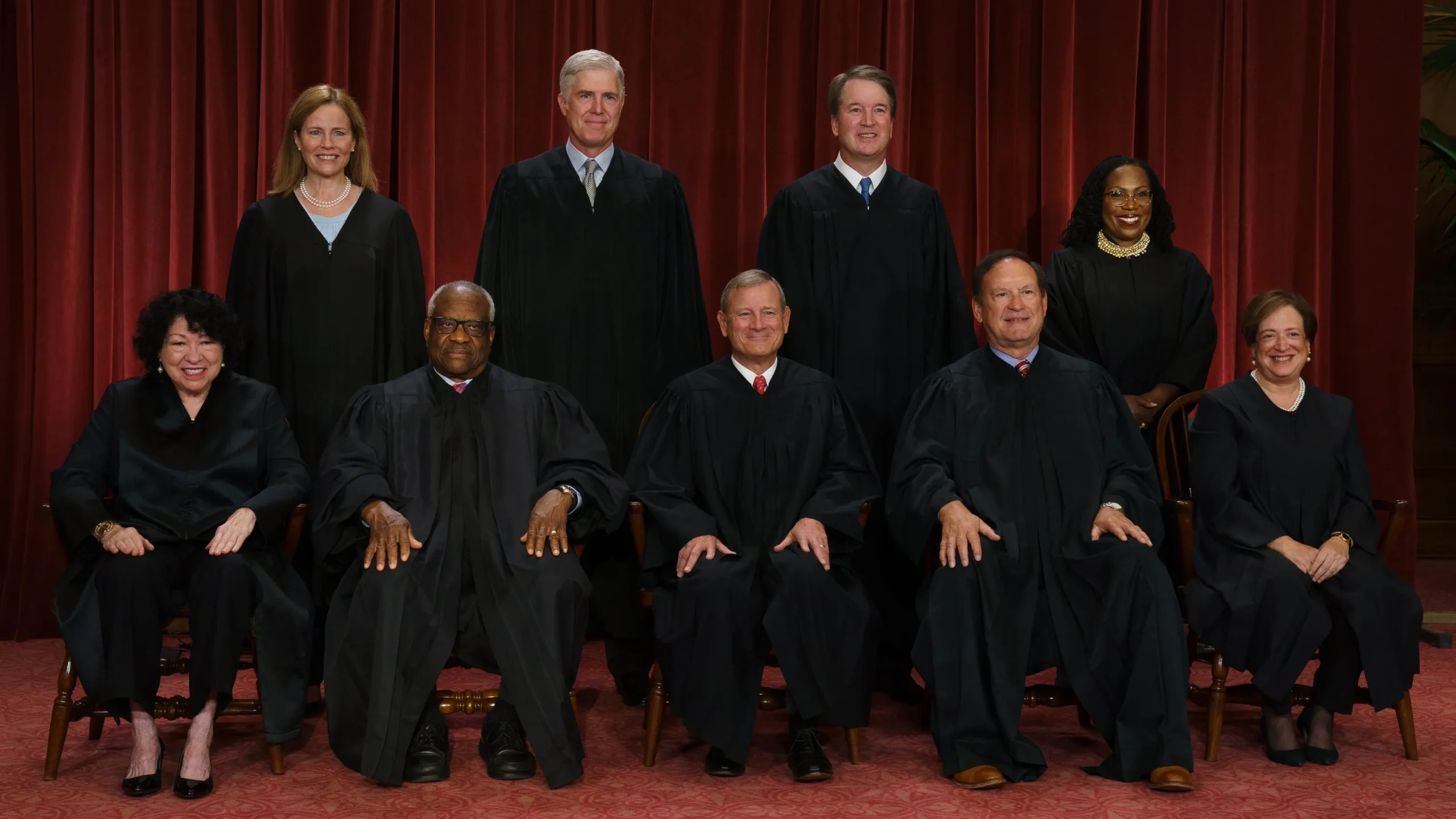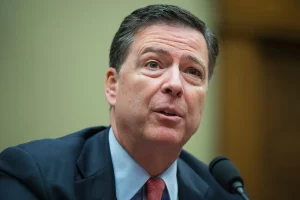A new legal fight has emerged from the growing tension between President Donald Trump and federal oversight bodies, this time centered on the leadership of the Consumer Product Safety Commission (CPSC). The dispute involves three commissioners who were appointed under the previous administration—and a sudden effort to remove them that has sparked a wave of legal action, political backlash, and constitutional debate.
The case has stirred considerable controversy in Washington, particularly due to the high-profile roles of those involved. At the heart of the matter are CPSC Commissioners Mary Boyle, Alexander Hoehn-Saric, and Richard Trumka Jr., each appointed by former President Joe Biden. The trio had been serving in their posts until early this year, when President Trump abruptly terminated them without public explanation.
Federal law traditionally shields members of independent regulatory commissions like the CPSC from at-will dismissal by the White House. Specifically, the statute governing the CPSC states that commissioners can only be removed for “neglect of duty or malfeasance in office”—language designed to preserve the agency’s independence from political influence. This legal safeguard has been in place for decades and has formed the basis of the commissioners’ legal argument for reinstatement.
Represented by the consumer advocacy group Public Citizen, the dismissed officials have argued that their removal was unlawful and that the administration is attempting to “disrupt the status quo” without sufficient cause or due process. In a brief filed with the court, the group stated, “The government cannot establish its entitlement to this extraordinary relief,” referring to the administration’s request to keep the removals in effect during litigation.
The fight escalated further after U.S. District Judge Matthew Maddox ruled in favor of reinstating the commissioners, citing the statutory protections. However, the Biden-era appointees only briefly returned to their positions before the Trump administration sought emergency relief from the Supreme Court.
At the same time, Solicitor General D. John Sauer accused lower courts of defying recent Supreme Court rulings that affirmed broader presidential authority over agency appointments. In a strongly worded appeal to the justices, Sauer urged them to fast-track the case, stating, “The sooner this Court resolves the merits of this application and decides foundational questions about the scope of the President’s removal authority, the better.”
The Court did not go so far as to take the case up on its full docket, but it did issue a powerful signal. Justice Brett Kavanaugh, while concurring with the majority, expressed concern that ongoing ambiguity could erode the clarity of executive authority and ultimately lead to “extended uncertainty and confusion.”
The dissent came from the Court’s liberal justices—Elena Kagan, Sonia Sotomayor, and Ketanji Brown Jackson—who argued that this battle strikes at the heart of agency independence. “By means of such actions, this Court may facilitate the permanent transfer of authority, piece by piece by piece, from one branch of Government to another,” Kagan wrote.
Only near the end of its unsigned emergency order did the Supreme Court make its decision clear: the justices ruled in favor of President Trump’s action, clearing the way for him to remove the three commissioners while the broader legal challenge plays out. The emergency order was issued on July 23, 2025—a few days ago—not later, as some early reports had suggested. It also coincided with the official end of Richard Trumka Jr.’s term, adding a procedural layer to the legal and political questions at hand.
This marks the second time in recent months that the high court has allowed Trump’s terminations of independent agency officials to stand—part of a larger effort to reclaim executive control over traditionally autonomous institutions.
With the Court’s order now in effect, the three Biden-era commissioners are once again out of office, and the legal battle over the future of federal agency independence is far from over.










